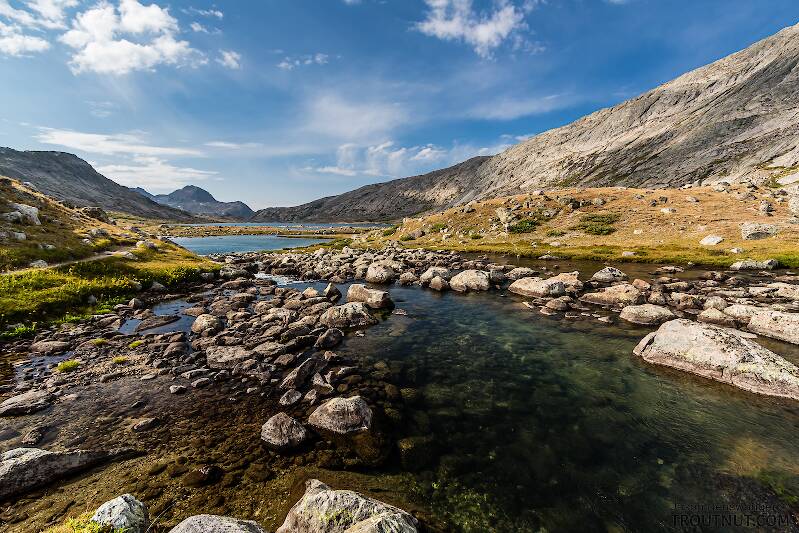
Hex Mayflies
Hexagenia limbata
The famous nocturnal Hex hatch of the Midwest (and a few other lucky locations) stirs to the surface mythically large brown trout that only touch streamers for the rest of the year.
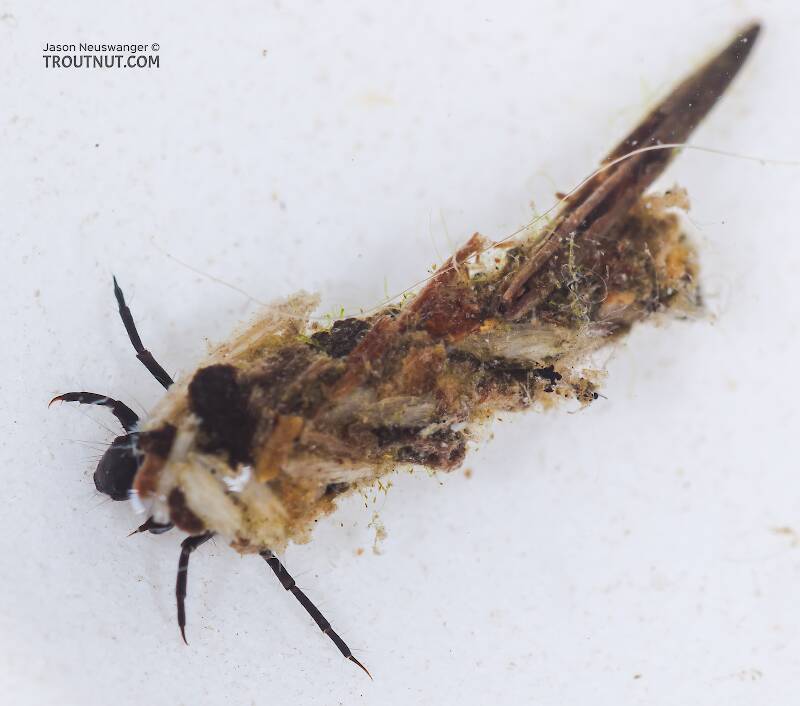

Marjan Fratnik and the History of the F-fly
I know that there are people in my country and abroad that knew Marjan Fratnik much better then I did and that they would probably be much more competent to tell you things about him. But I'd like to tell you my side of the story. How I see him, his role as a great and knowledgeable flyfisherman and above all as one of the first and most important flyfishing ambassadors of our country.
He was born in a small town called Most na Soci (St. Lucia) in the 1919, where his father owned the fishing rights for at least the Baca river, but probably for some others as well. He started to fish immediately when he turned sixteen and was able to get the fishing license. Marjan was also known to tell the exact date and place of his first caught trout of his life. It was on 16 of June in 1935 at the confluence of Baca and Kneza rivers and it was a brownie. Surprised by his crisp and clear mind in his late eighties, I simply kept on listening to him in amazement on those rare occasions that we actually met.
I am more and more convinced that one of the most important things for a flyfisher's evolution is curiosity and desire to "look over the hill." Always being prepared to learn and never think you know it all. I believe that it was the travelling all over the world that helped Marjan become one of the European flyfishing legends. He had friends all over and collaborated with people from all those countries. As for the UK - he sent me some translations from Tom Fort, a BBC writer who spoke and wrote about our country because of his friend from Soca valley. He also had one of the key roles for bringing CDC as a flytying material in our part of the world and also spreading it around. I could keep on writing about him but above all I admired his love of his homeland. There are places on earth that are better looking but for us here, there is only one place where your heart is - home. We agreed on this and more than I travel, more I appreciate it too. When he said that it was not easy for him anymore to spend five hours in the car from Milan to the Soca valley, I offered myself to come and pick him up but he just smiled.
I enjoyed a lot reading letters that we exchanged later and above all using his fly patterns. The famous F fly can be (sometimes a bit modified) found practically in everybody's flybox and it is impossible for me to count all the fish that I caught using it myself. "A fly that needs more than 60 seconds to be tied, is not worth much," he said to me once. And I remembered those words very well.
His simple and effective fly patterns are really something to admire and especially that 60 second rule. The statement that Marjan's F-fly is probably responsible for the highest number of fish caught on a fly in our country, is therefore not far from the truth. Especially if we bare in mind that genuine Slovenian flies are not that numerous, we have a pretty good reason to be proud of that one. Just recently after hearing that he passed away, many of Slovenian fishermen shared their experience with his flies and admitted that the F-fly is their most effective pattern.
Years ago, when my friends and I were young and inexperienced flyfishermen, we tried to "improve" his famous "Puhovka." We did come out with the beautiful looking flies with all kinds of additions. But guess what, they were not as nearly successful like the original! So, after carefully inspecting the original, I realized that there are several reasons for its simplicity.
First: When you tie the F-fly the original way and cut off the CDC at the right length, (instead of using the ends of CDC that in fact make the fly look much nicer ) you get that needed stiffness of the »wing« at the end that is essential for the fly to be dried fast during the cast and ride high on the surface.
Second: If you tie in the tail using micro fibbets, rooster fibers or something like that, you get the complete dry fly like so many others. In fact the original fly has its body in the water film and only the wing on the surface – actually representing some kind of emerger and not an adult. We know that emergers are spending more time on the surface usually dealing with the molting then the adults. This makes them much more vulnerable and easy to catch for the fish and it is possible that this is one of the reasons for this flies effectiveness.
Third: The original not additionally complicated f-fly represents many kinds of insects and can really be put in the category of general imitating patterns. One can fish if during the midge hatches, sedges or as we usually do-mayflies. Fish just simply seem to love it. I always wondered what they are thinking before they take this tiny artificial, but I don't exactly know because no fish had spoken back to me so far.
So this is it. We all got the fly patterns and several other revolutionary ideas from him but it is the legacy that he left behind where the real treasure lies. The sincerity of his written and spoken words either in good or bad now makes me respect the man even more. For me ha was the man that got right to the point of the problem immediately. I remember that he was wondering about his fishing books – where to put them. He wanted them to help young fishermen and I just hope he somehow solved that problem.
What I have now are few pictures, beautiful letters and a box of original flies tied by the master himself which he generously gave away so many times. I'll try not to lose them, but memories of a great man with sharp mind and a similar look at life and fishing are already safely stored.
Marjan Fratnik and the History of the F-fly
More Features
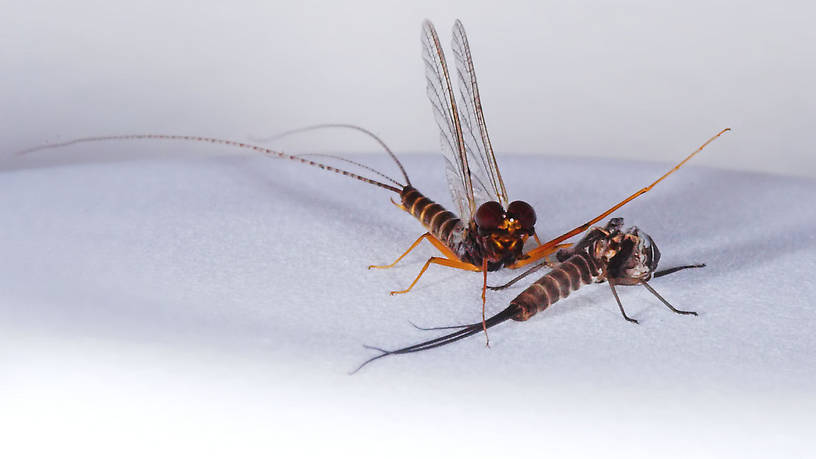
Mayfly Dun to Spinner Illustrated
When mayfly duns pop out of the water and fly away, they aren't yet officially "adults." They have one more step before they're ready to mate: to perch on streamside vegetation and molt one more time into the stage scientists call "imago" and we call "spinner." This article shows step-by-step close-up photos of a Leptophlebia cupida (Black Quill) dun molting into a spinner, and it explains what's going on inside the mayfly.
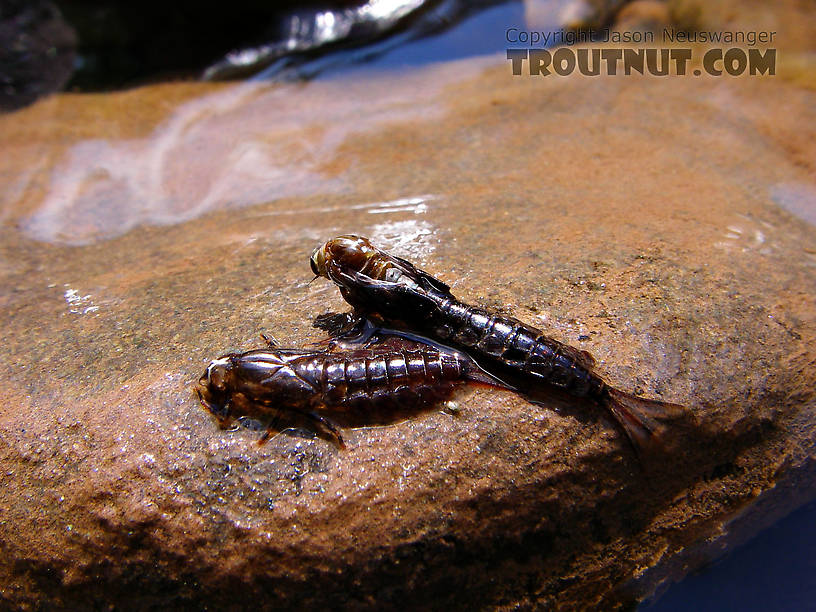
An Isonychia Nymph Emerging
As I prepared to set foot for the first time in the Catskills' storied Esopus Creek, I noticed an Isonychia bicolor nymph crawling out onto a rock at my feet. I pulled out my handy little camera and started snapping pictures.
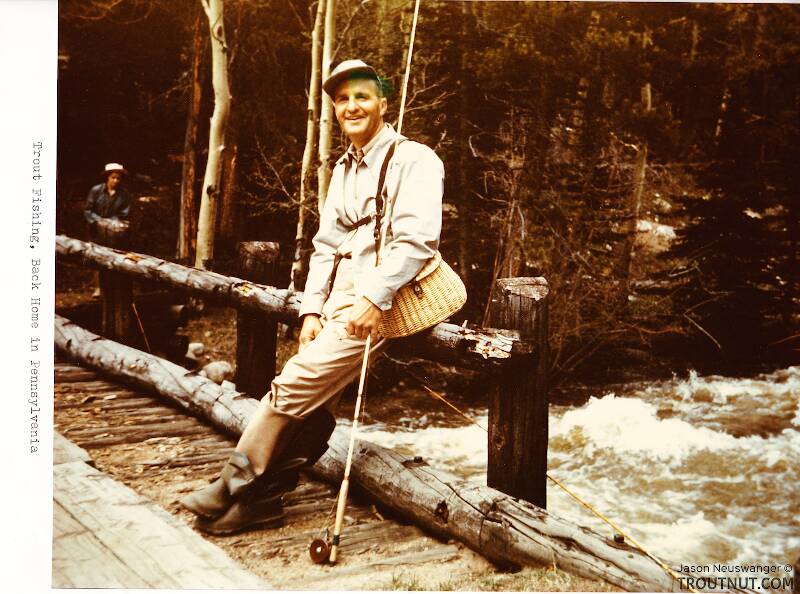
Uncle Joe - The "Original Troutnut"
Some recently uncovered stories show why my Great Uncle Joe was the "Original Troutnut," among other adventurous titles.

